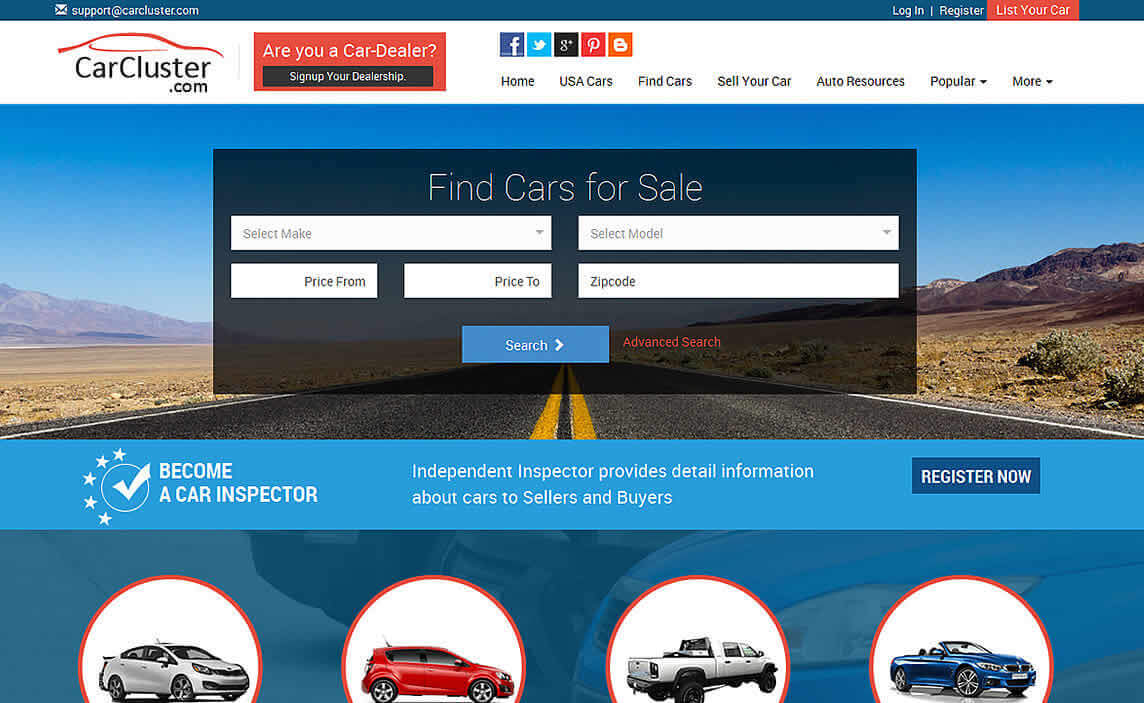Not everybody these days wants to invest in buying a brand new car. A new car costs more, and not everybody would want to shell out so much of money at once. And there is nothing wrong with buying a second car, so far as you keep certain things in mind, and don’t end up making it the worst financial decision of your life, because if that happens, the car might end up costing you a lot, lot more than a brand new car would have.
Begin from the beginning
One of the most common ways to source second hand cars for most people is to look out for advertisements. You should read the ads carefully. See what the owner is offering, it shouldn’t seem like he has hardly anything to highlight or mark as a USP. It should not seem that the person is just not able to fit everything into one ad, because there are chances it might be fake.
Begin from the bottom
Check the tyres. If they seem brand new or if all four of them are of a different brand or they are extremely worn out, well you might want to raise an eyebrow and ask a few questions and explanations. Also check the floor of the car. You don’t want it to be worn out and shouting out seeking repairs.
Check out that body
Once the bottom of the car is secured, move up to, check out the machine’s body. How is the paint and the rust? Wear-and-tear and rusting is a normal part of the ageing process for a car, but it should not be alarming. Does it have too many bumps and scratches or look freshly painted? Check out the bodywork. Look out for any obscure amateur modifications that the owner may have done to the car. How healthy the ‘mind’ of the car could be, one of the factors to judge that, would be to see how healthy the ‘body’ of the car is.
Move to the mind
Bottom done, body done, time for a mind-check. Needless to say, the engine is the mind of the car. Does it sound funny when turned on? Does the car heat up too fast? Does the car take too long to start? Is the ‘check engine’ light going on or does it remain off? Is there a strikingly new bolt or nut somewhere in the engine set-up? Are there any leaky parts in the engine – leaking oil or the leaking radiator? How worn out are the belts and parts? How is the oil and coolant? Check the engine thoroughly, at the end of the day that is what runs the car and any breakdowns in it would strand you in the middle of nowhere and cost you the most.
Anticipate lemons and plan solutions
No matter how much you try, it is often difficult to get the best of everything in a second-hand car. At some point, you might have to compromise in order to get the best deal. In that case, it would be best to anticipate possible repairs in advance and plan accordingly. This is not a case where you hope for the best and expect the worst. Just expect the worst and plan. That way you play safe and avoid trouble at a time when you least expect it or want it.
Ask for details
You might want to ask the owner about why they want to sell the car, about how frequently it was driven, what kind of terrain has the car been exposed to, who all has driven the car till date, to see the repair records for the car, if any of the drivers smoke (especially while driving), how many accidents the car has been through till date, etc. You might even ask about the owner, what he does, how old he is, how big is his family, and what he enjoys doing. You don’t have to interrogate the owner, but since you are the one incurring a major expenditure here, you have every right to ask and know things. Ask in a friendly way, casual way; but still you might not get an answer to every one of the questions. However, you have a good chance of gauging a lot and reading between the lines when you ask these questions.
Devil lies in the detail
Check the upholstery, check the boot, check the stickers on the bumper, check the radio presets, check the glove compartment, below the seats and those typical nooks and corners. These are things that give you a lot more idea about the car, the owner and the usage. An upholstery with burn holes indicates a smoker while driving. A dusty, dirty boot indicates lethargy, may be even excessive usage. The bumper stickers indicate the owners likings and preferences, which would have essentially reflected in his driving abilities as well. A dirty glove compartment or a stinking one is a no-no.
It is good to buy a used car, may be for your child just starting college, or for your wife who doesn’t go out much or for your parents, or for yourself. You just need to keep your eyes and ears open to be able to make the best possible decision and not regret it later.
Image Courtesy: NRMA Motoring and Services
This entry was posted in: Buying Cars
Tagged: check used car, how to buy a used car, used car buying checklist, used cars, vehicle inspections
